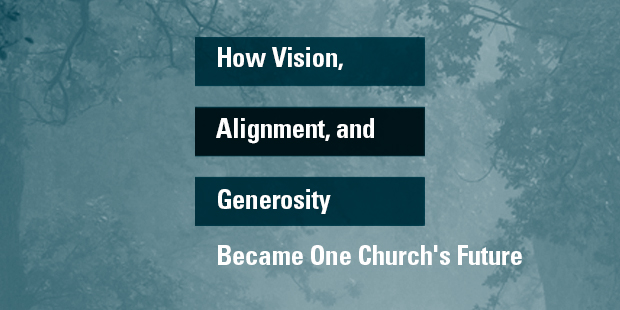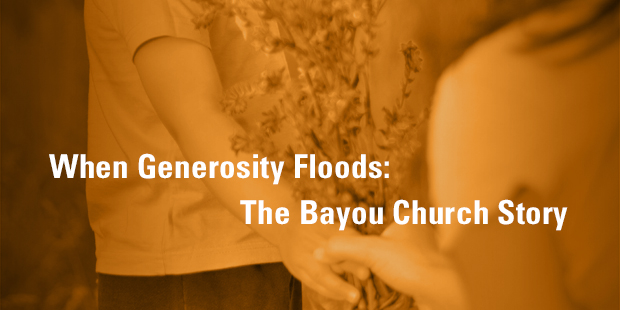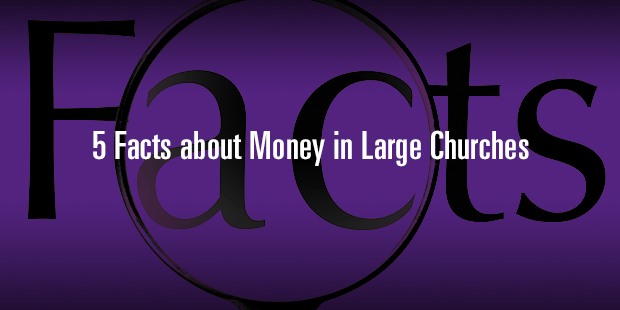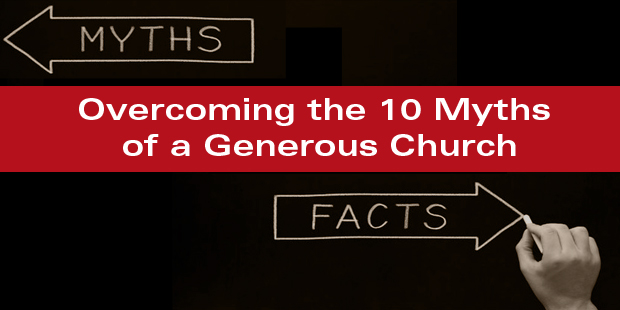
How Vision, Alignment, and Generosity Became One Church’s Future
About two years ago we received contact from Church at The Mall in Lakeland, FL. They had just launched an initiative with seven missional components. These action items were big, really big. The intent was to propel an already active church with a miraculous story into a bold new future. Of course, these seven missional objectives needed to be funded. Naturally, a three-year capital campaign would be the solution. HOLD ON! What if vision, alignment, and generosity could be the solution for their new future?
Here are the seven missional objectives, our approach, and some of the results we’ve seen less than two years into the work.
Missional Objectives:
- Raise $1million each year for missional causes while reducing church debt
- Maximize their outreach and efforts
- Advance and expand their media ministry
- Needs assessment for staff, space, finances, and times
- Launch a multi-site campus approach
- Develop a Center for Discipleship and Education
- Develop methodical and comprehensive life stage discipleship from cradle to college
Approach:
- Create two one-day offerings immediately to take a huge leap forward with debt reduction and missions giving. Palm Sunday was utilized to catalyze those who were passionate about debt reduction. The entire offering that Sunday was deposited toward their debt. Then on Easter Sunday, Church at the Mall built bridge relationships with multiple non-profits in the community that aligned with the church vision. The entire offering was given away to impact the city. It was a bold step on many fronts. The staff and church leaders needed to decide how committed they were to the missional objectives. What would happen if they gave two complete offerings away at the beginning of the year? How would that impact ministry, even their jobs? Their unified faith would be more than rewarded.
- Clarify their Vision, create culture, and discipleship Measures. TheVision Framing process of Auxano was utilized to create the organizational engine and culture needed to accomplish the seven missional objectives. A repeated priority on prayer, fasting, and the anointed life would provide the fuel. This focus led to a clear articulation of a three-pronged Strategy. The Strategy would align ministries to work best together delivering the results of their Vision. This would require big conversations related to aligning programming, staff, calendar, facility, and resources. Good activity would not compete with visionary accomplishment.
- Develop a Generous Culture. When Vision is clear, resources are aligned, and results are measurable, it releases people. They knew where the church was headed, how they could grow, where they could live a big life, and confidence that their generosity was making a difference beyond themselves. We identified the different types of givers in their church from those who gave nothing to those living generously beyond a tithe. Each person was able to identify with a giving hero in the Bible that was relatable to their stage of life and financial situation. Curriculum was developed. A year-long growth path was revealed. Every person and family could find their way to grow a generous life for the sake of long term kingdom investment.
Results:
- Total church indebtedness was reduced by 26% or $1,056,799.
- Total church missions giving increased by 35% or $216,953.
- Yearly undesignated giving increased 6% and this is not counting the special offerings taken on two consecutive Sundays.
- General offerings increased by 12% prior to summer months, and this is not including the special offerings received.
- Average gift per family increased 21% year to date. (Measured the first several months of three consecutive years)
- Families or individuals giving digitally increased 19%.
- The church was given a church facility in a neighboring town worth $1,700,000. A new campus was launched with hundreds in attendance.
- Media is being maximized via new brand development, website, and app.
- Discipleship Measures were created for all ages along with custom written curriculum.
- Outreach is on a path to being maximized via new outreach Bible studies, online services, and a new television program.
Not too bad for less than two years of focused activity. Dream big, get focused, pray boldly, and enjoy the clarity.
To learn how this process could help your church, connect with an Auxano Navigator today.

Tags: Alignment, Church at the Mall, Clarity, Todd McMichen, Vision

























